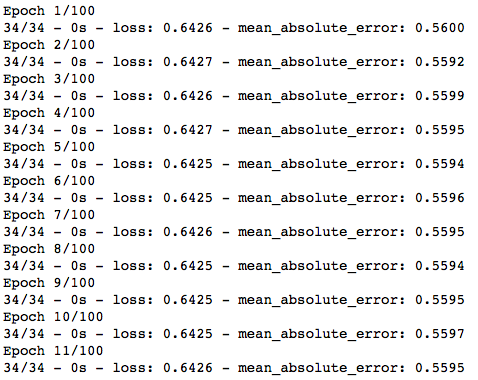So, you’re training a highly complex model that takes hours to adjust. You don’t know how many epochs are enough and, even worse: it’s impossible to know which variant will deliver the most reliable results!
You want to take a break, but the longer it takes to find the right set of parameters, the less you have to deliver the project; So what to do? Let’s dive together.
Before we Start
To make it easier to understand, let’s go straight to the callback section, where we’ll adjust a Multilayer Perceptron. If you don’t know how to create a Deep Learning model, I suggest that you take a look at my article below; This will help you build your first Neural Network.
The Keras Callbacks API
From performing a checkpoint to an early stop, the Callbacks API presents useful methods while training our model. Today, let’s focus on just some of them:
- EarlyStoppingStop training when a definite metric no longer improves.
- LearningRateScheduler— The learning rate will be modified whenever a new epoch starts (based on a function).
- ReduceLROnPlateau— When a specific metric stop improving, decrease the learning rate.
- ModelCheckpoint— Saves a copy of the model or its weights for later use.
- TensorBoard— Enables TensorBoard when a model is training, saving its logs.
Every callback will be presented in the order: definition > code > parameters > output.
EarlyStopping
As the short explanation above suggests, our model will stop training when a specified event occurs; In our case, this will happen when the loss stops improving after three epochs; Let’s check our code.
from tensorflow.keras.callbacks import EarlyStopping
# Let's create our callback.
# EarlyStopping(monitor, patience, mode)
early_stopping = EarlyStopping('loss', patience=3, mode='min')
# Let's fit our model with the callback
# model.fit(X, y, batch_size, epochs, verbose, callbacks)
model.fit(X_train, y_train, 32, 100, 2, [early_stopping])
EarlyStopping works mainly with three parameters: monitor, patience, and mode; The first one defines what we are monitoring and, based on that, we will interrupt our training; The second is the number of epochs when we allow our training to continue running without modification before stopping; Finally, the mode is how we are monitoring: the maximum value? The minimal? You define here.

As you can see, our model stops training after a few epochs, even when we set it to 100. It’s useful for highly complex projects, which can take hours to complete.
#data-science #machine-learning #tensorflow #artificial-intelligence
